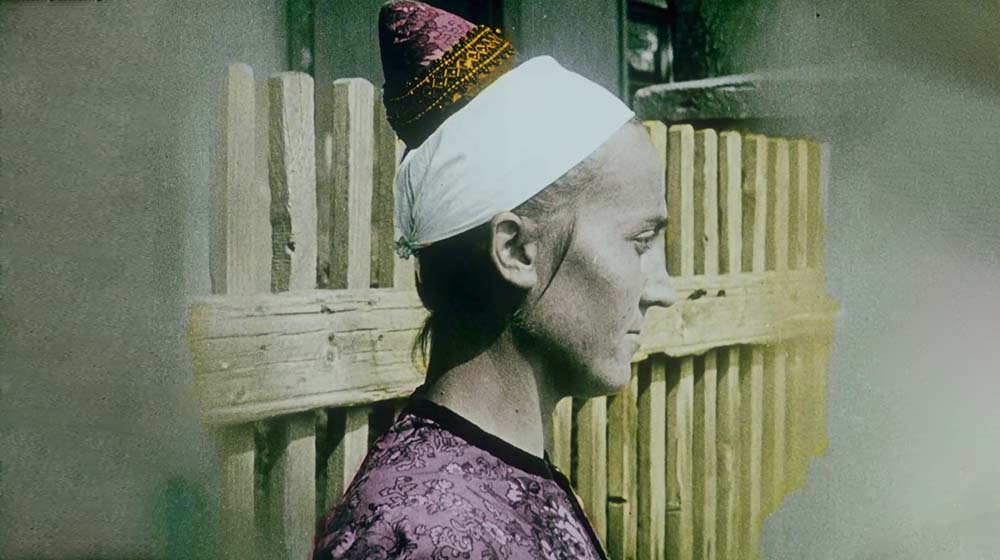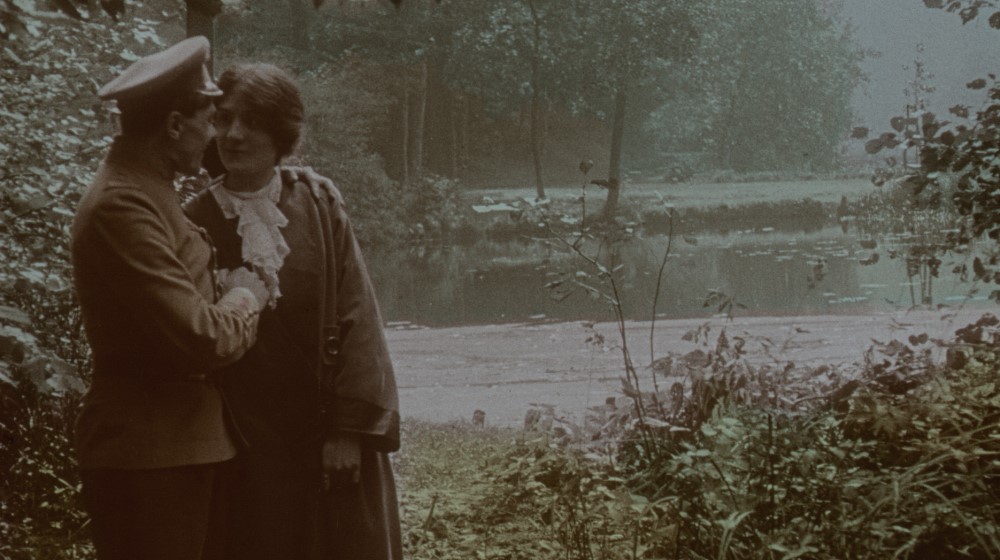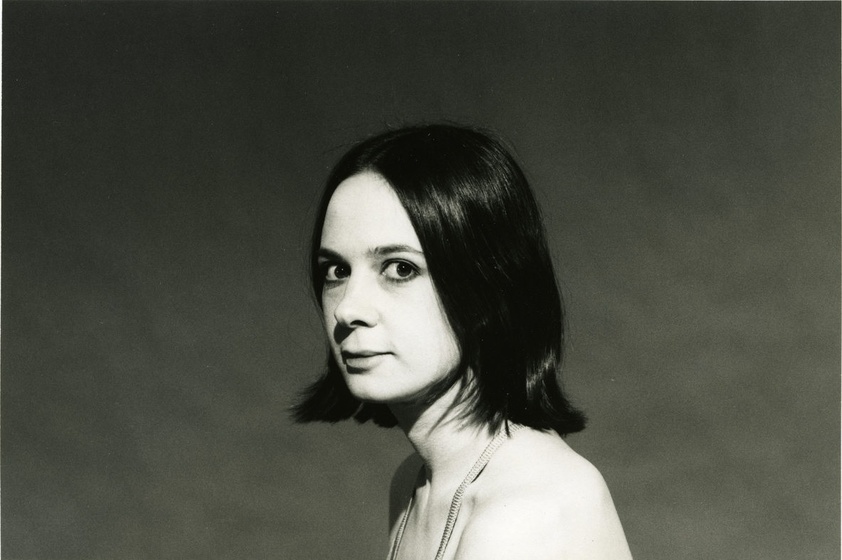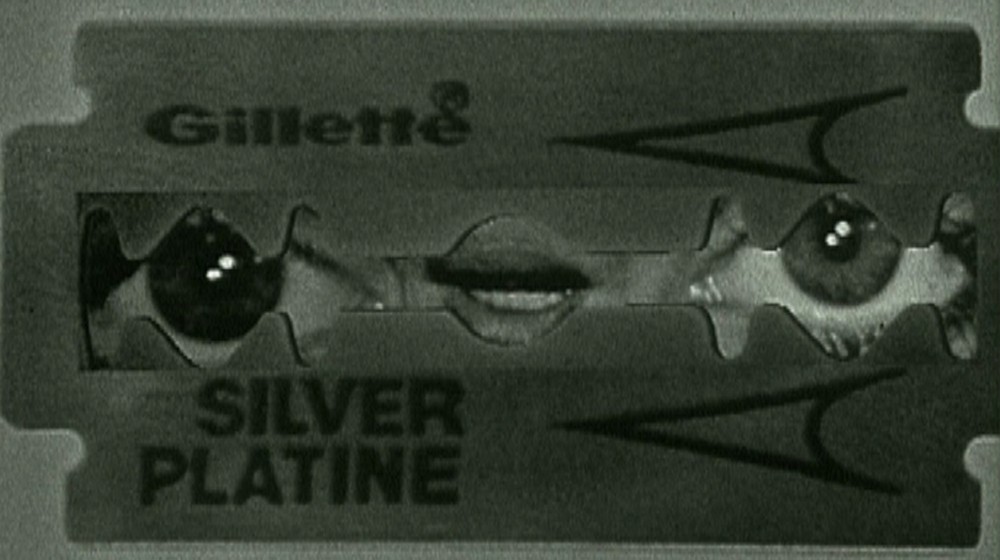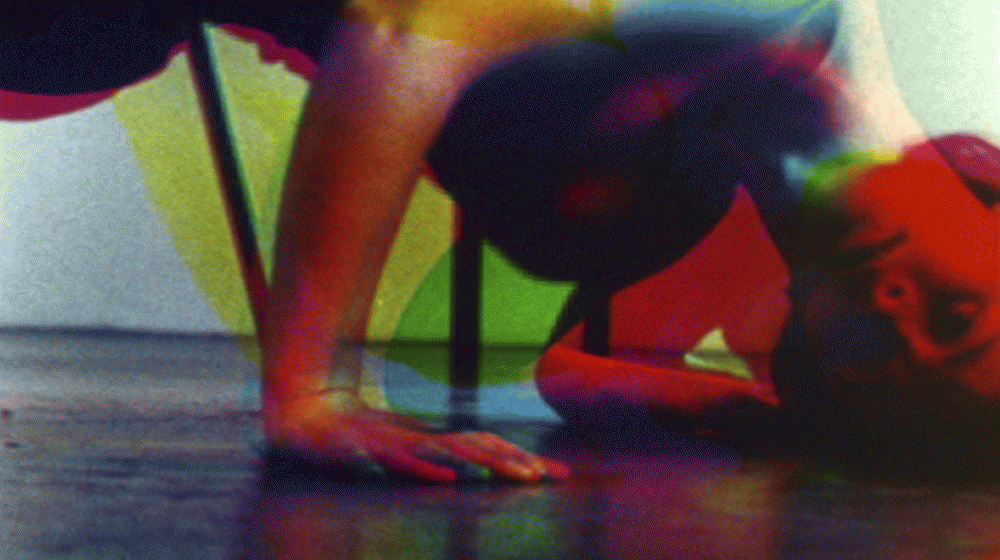The travelogue was a highly successful genre during the early years of cinema, responding to the great interest shown by Western audiences in discovering exotic, distant and culturally distinct ways of life through images (photographs, postcards, illustrations and pre-cinematic shows) in an era of great industrial and colonial expansion. The term travelogue was coined by Burton Holmes in 1903, a renowned speaker who gave travel talks illustrated with magic lantern projections and films that introduced both unfamiliar landscapes and tourist icons to an audience not yet accustomed to travelling the world.
Holmes's talks were similar to those of other travelling companies of the time, such as Lyman Howe and John L. Stoddard, combining forms of popular entertainment with more pedagogical elements. Their evenings featured films accompanied by live spoken commentary and, on occasion, naturalistic sound effects reproduced by phonograph and/or an actor behind the screen imitating voices and noises associated with what was being shown. Holmes and Howe began to use moving images around 1896-97, mainly réalités or actualités which they bought from suppliers of companies such as Lumière, Pathé and Edison, although shortly afterwards they would hire camera operators, such as Oscar Depue, to shoot their own films during their incredible voyages. Until the early 1920s, they would tend to spend half the year travelling, photographing and filming in numerous countries and the other half giving talks in American and British cities. Because these early films used the single shot technique and were very short, they were assembled, one after the other, in a particular order for the purpose of creating a longer programme that might consist of many different views of a particular region as well as of different territories and cultures.[1] In many cases, these cinematic recordings of exotic landscapes and subjects provided many Western viewers with their first experience of landscapes other than those around them and greatly influenced their perception of the rest of the world. On the other hand the speaker, who would present himself as an expert on history, literature and politics, might cover a very wide range of issues, for example ideas about imperialism or racial superiority, altering the narrative according to his audience. In this way, by means of a romantic discourse on the traveller's experience, the ideological values were introduced of the social elites who endorsed such spectacles as instructive. The travel films presented by these companies acquired meaning through the context in which they were shown, used to highlight certain aspects of the talks and projected as special attractions at the end of the show.
At a time when foreign travel was available only to the few, the travelogue satisfied the desire for knowledge and curiosity of an audience with fantasies of escape, allowing viewers to be transported to the places depicted and to explore the world without leaving their seats. An early sub-genre of the travelogue, which contributed significantly to creating the impression of travelling, was the phantom ride, films shot from the front of a moving locomotive so that audiences could observe, from a unique perspective, the effect of continuous movement on the landscape[2] . From 1904 onwards such rides were used as fairground attractions at Hale's Tours, cinema halls especially designed like train carriages where the public could travel virtually thanks to a combination of sensations through sight, sound, touch and movement.
Between 1905 and 1915, as major film companies such as Eclipse, Gaumont and especially Pathé made longer, more sophisticated commercial travelogue films to be used as part of the repertoire in variety shows and nickelodeons, the travelogue established itself as a genre separate from talks. During this period, travelogue films were shot in the colonies of European countries and other, more remote and inhospitable locations by cameramen working as freelancers for the big companies. Considered as mere technicians, these operators were not credited for their work and were paid by the amount of exposed film they sent to the agencies. They also had to provide a written report with precise details of what they'd filmed to guide the editing process and facilitate the writing of the intertitles that provided a context for the audience while watching the film. Most of these operators lacked in-depth knowledge of the peoples they visited, so their shots have the look of travellers who observe an unfamiliar landscape and stop to photograph only what amazes or captivates them, compiling a series of individual views that describe the places and subjects they encounter along the way (a waterfall, reflections in the water, a child holding a fruit, a monument in ruins, a grandmother dressed in mourning or the twilight on the horizon). Evoking the stereotypes of 19th-century postcard albums, travelogues therefore tended to lean towards the values of the picturesque,[3] favouring an idealised experience of the landscape and of the 'other', exotic, 'savage' and 'primitive', whose habits and customs were so vastly different from those of the visitor who, on the other hand, excluded from their recordings any significant aspect related to the living conditions of the natives under a colonialist and racist regime that had occupied their lands and civilised them.[4] By constructing a point of view and using the picturesque as a determining principle for the form it should take, the travelogue shaped the representation of exotic cultures with an image that masked the boundaries between the real and the simulated, the authentic and the fabricated, the genuine and the imitation.
Applied colour was widely used in travelogues and one of the hallmarks of this genre. At first, these films were shown in black and white or tinted and toned with monochrome colours until, in 1909, thanks to mechanisation and the perfection of stencilling (Pathécolor), an almost realistic aesthetic effect was achieved. In non-fiction films it was used to simulate the natural colours of the real world and increase the 'authenticity' of what was being depicted. In travelogues, however, the vision of unfamiliar landscapes exhibited an enchanting ambience that blurred the boundaries of the real, encouraging the audience to embark on emotional flights into fantasy, dreams and the desire to 'appropriate the world through images'.
By Oriol Sánchez
[1] The publication of Jules Verne's Around the World in Eighty Days popularised magic lantern shows with titles such as Around the World in Eighty Minutes. However, Verne's book is not entirely a journey around the globe but limited to countries colonised by the British Empire.
[2]Phantom rides are characterised by the use of a subjective camera or point-of-view shot, giving the impression of an eye moving through space.
[3] The term 'picturesque' was first used to refer to the material elements that should be included in a picture. By extension, elements from the real world that could already be considered part of a picture were also called 'picturesque'.
[4] The Edison company's films were marketed under the label 'Conquest Pictures'.
